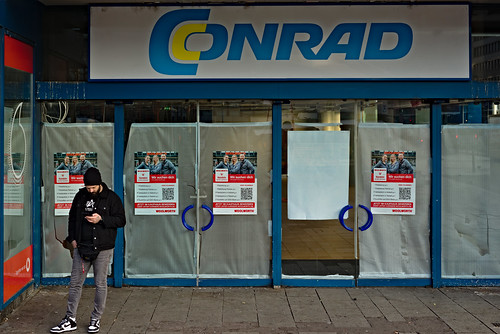Woolworths CEO quits as supermarket giant increases half-year profit to almost $1bn
Woolworths #Woolworths

Woolworths’ chief executive, Brad Banducci, has resigned after almost nine years heading Australia’s biggest supermarket chain, as political pressure mounts over the company’s expanding profits at the same time as shoppers grapple with fast-rising grocery prices.
Banducci’s unexpected resignation comes at a turbulent time for the grocery giant, which is facing multiple parliamentary inquiries, and a year-long pricing probe from the competition regulator, designed to determine whether it is using its dominant market position to pressure suppliers and price gouge shoppers.
In its half-year results released on Wednesday, Woolworths ramped up the profits derived from its Australian supermarkets business to underpin an increase in overall half-year net profit to $929m.
Profit margins for the chain’s Australian food business increased to 6.1% in the six-month period to December, up from 5.8% a year earlier. It recorded a 5.4% lift in the value of sales from the division to $25.9bn.
The ability of the big supermarkets to not just retain but fatten margins shows they have been able to more than offset cost increases through pricing decisions. Higher-than-necessary grocery price increases are also a likely inflation trigger.
Banducci will step down in September to be replaced by Amanda Bardwell, who heads the company’s WooliesX digital division. The digital business is designed to leverage technology, data and loyalty schemes to drive profits.
The chair of Woolworths, Scott Perkins, said the test of any chief executive was whether they had left the business in better shape than when they started.
“On that simple metric, history will judge Brad to have been one of Woolworths Group’s finest leaders,” Perkins said on Wednesday.
The strong financial results contrast with the bruising hits Australia’s biggest supermarket chain has suffered to its reputation.
Banducci is scheduled to appear before a Greens-led Senate inquiry next month into grocery pricing practices. The major supermarkets are also subject to an investigation by the Australian Competition and Consumer Commission which is designed to probe pricing decisions and their relationships with agricultural suppliers.
The retiring chief executive also made headlines earlier this week after the ABC’s Four Corners showed Banducci briefly walking away from a television interview after becoming frustrated during questions about market power.
Woolworths said on Wednesday there had been an “extensive international search process” that resulted in the appointment of Banducci’s successor.
Woolworths and rival Coles have consistently defended their pricing decisions and credited strong profits to improved productivity. The two chains collectively control two-thirds of the market – representing a much more concentrated sector than what is found in comparable economies.
On Wednesday, Woolworths partly credited the expansion of profit margins in its Australian food business to “leveraging advanced analytics to reduce unprofitable promotions”.
The strong profits derived from the Australian supermarkets division were able to compensate for challenging trading conditions in its discount chain Big W and its New Zealand business.
The overall net profit result was up 2.2% from a year earlier and Woolworths announced a slight increase in its interim dividend to 47 cents per share.